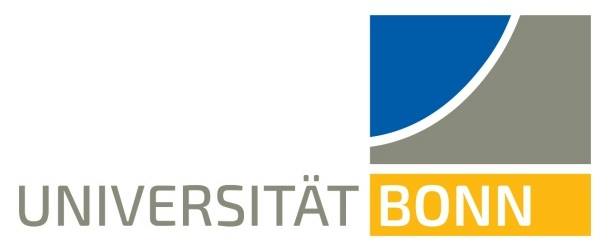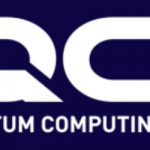Physicists at University of Bonn Just Reached a New Speed Limit For Moving Quantum Information

(ScienceAlert) Research from University of Bonn in Germany has answered a fundamental question – how fast can a quantum process be? It’s a useful piece of information to know if you want to build a quantum computer or a quantum network, as it tells you some of the limitations inherent in the system.
The team provided an easier-to-understand analogy which involves a skilled waiter rushing around with a tray of drinks. How quickly can the waiter get all the drinks distributed without spilling any of the liquid? The answer, it turns out, is to carefully speed up and slow down at certain points, tipping the glasses of liquid when needed to avoid spillage – only here the scientists used cooled-down cesium atoms instead of champagne, and an optical trap created by two laser beams as the ‘drinks tray’.
Such a trap – known as an optical lattice – is formed when two laser beams are pointed precisely at each other (physicists call this counterpropagation), resulting in well-defined interference that’s shaped like a bunch of peaks and valleys.
For transportation, the atoms were placed into these valleys, and the two-dimensional lattice was set into motion, not unlike a conveyor belt. Working out how fast this setup could be moved without any disruption to the atoms was the aim of the research. “We loaded the atom into one of these valleys, and then set the standing wave in motion – this displaced the position of the valley itself,” says physicist Andrea Alberti, from the University of Bonn.”Our goal was to get the atom to the target location in the shortest possible time without it spilling out of the valley, so to speak.”
What the scientists found was that carefully calibrated accelerations and decelerations were required to hit the optimum overall speed limit for transferring quantum data, rather than sticking to a constant speed throughout.
One of the main problems with quantum states is their fragility or their short coherence time – how long they can stay stable for. This new research puts us closer to understanding how we can make the most of that time.
“Our study reveals the maximum number of operations we can perform in the coherence time,” says Alberti. “This makes it possible to make optimal use of it.”





















